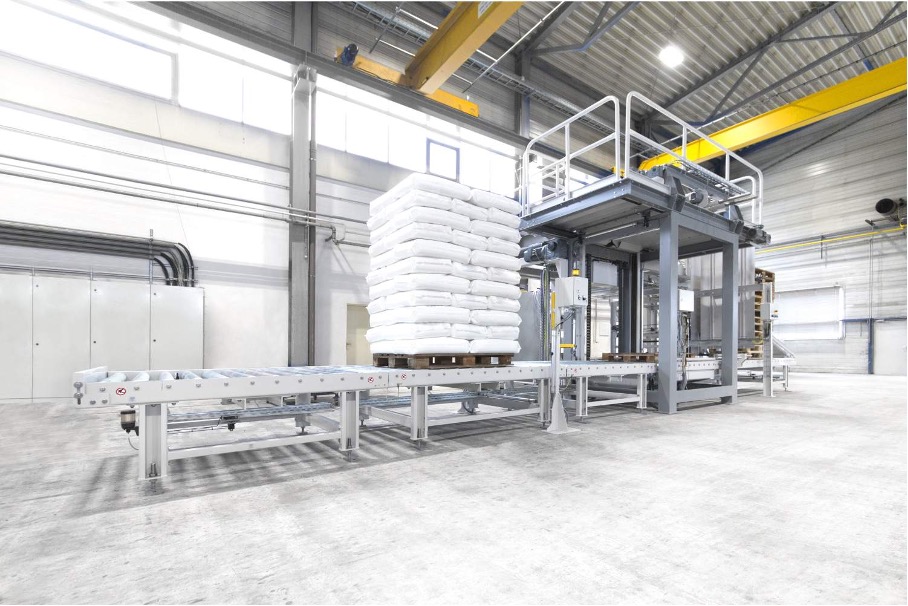You’re standing on the brink of a safety revolution. As an entrepreneur, you’re not just observing. You’re pioneering. Explore the role of emerging technologies in workplace security. Discover how drones, wearable tech, and virtual reality aren’t just buzzwords but tools to protect your team and boost productivity. So strap in and explore. Your blueprint for a safer, more efficient workspace starts here.
The current state of workplace security
You’re currently addressing the pressing issue of improving workplace security, leveraging new technologies like telecom management software for emergency reporting or training portal security personnel to create a safer environment for employees.
The current state of workplace security is a mixed bag. Yes, advances have been made, but security threats are still genuine and ever-evolving.
A proactive approach is necessary to improve workplace security. It’s not just about installing the latest technologies. It’s about training sessions that foster a safety culture and ensure everyone is well-versed in identifying and reporting possible threats.
The role of technology in workplace security
You’re researching innovative technologies to enhance safety measures and streamline operations in your quest for a safe and secure workplace.
An access control system is a wise investment. It provides precise control over who enters your premises. This system and security cameras create a comprehensive physical security and risk assessment strategy.
Lastly, consider a visitor management system. It’s an effective way to monitor who’s coming and going, ensuring only authorized individuals have physical access to your workplace.
Different aspects of workplace security technology
Access control systems form the first line of defense, restricting unauthorized entries and mitigating security risks. By embracing workplace security technology, you’re stepping up your data protection game, ensuring sensitive information remains confidential.
An essential part of this strategy involves a comprehensive security audit, identifying potential vulnerabilities, and implementing robust access control measures.
The impact and cost of workplace security breaches
The cost of security breaches can be astronomical, not just in terms of financial loss but also in terms of intellectual property, sensitive data, valuable assets, and customer trust.
Data breaches expose sensitive data, leading to potential risks like identity theft and fraud. Moreover, these security concerns can tarnish your company’s image, making customers wary of doing business with you.
Therefore, prioritizing workplace security breaches is crucial for your company’s success.
The advantages of implementing security technologies
Implementing security measures in your workplace brings many advantages, from preventing data breaches to increasing employee trust in their safety.
Visualize your team effectively managing sensitive data with the assurance of robust security protocols. Workplace safety goes beyond just ensuring physical protection. Ensuring security in the workplace involves safeguarding data, networks, and systems.
Investing in your company’s future, protecting your reputation, and building client trust are all benefits of implementing the most recent security technologies.
Specific technologies for workplace security
Advanced surveillance systems and biometric access controls are specific technologies that significantly enhance workplace security. The access control system, for instance, uses key cards and biometrics to ensure only authorized personnel gain entry to office buildings.
Simultaneously, the security system, fully equipped with alarm systems, deters potential intruders and immediately alerts the security guards and personnel of any breaches. Lastly, a badge system complements the security setup, allowing easy identification.
The evolution of workplace security
With the rise of technology, workplace security is shifting. Surveillance systems and access controls are becoming essential for safety. This evolution isn’t just about protecting against property theft, preventing unauthorized access, and ensuring a secure working environment.
The influence of technology on the evolution of workplace security is evident in the development of comprehensive workplace security plans. These employee security plans involve training employees in new security protocols, protecting critical data, and performing risk assessments to identify potential threats.
Leveraging technology, you’re better equipped to handle security challenges, create safer workspaces, and enhance business continuity.
Future trends in workplace security technology
As you look ahead, emerging technologies like AI, IoT, and robotics are shaping the future of workplace security. These advancements promise to make your office safer and more efficient.
Occupational safety is a top concern for workplace leaders, and integrating these technologies into your office security program is a game-changer. They can predict and prevent workplace violence, ensuring safety and security.
In your working environment, AI could monitor behaviors to detect threats, while IoT devices provide real-time alerts for immediate action. Robotics, on the other hand, might patrol your premises, minimizing human risk.
As you navigate future developments and trends in workplace security technology, you’re not just responding to threats. You’re preemptively securing physical assets in your office.
Last words
With advances like wearable tech, drones, and VR, you can safeguard your team’s health administration and enhance productivity and satisfaction. So, don’t shy away from these innovative developments. Harness them. After all, a safer, more efficient workspace isn’t just a possibility. It’s within your grasp.







